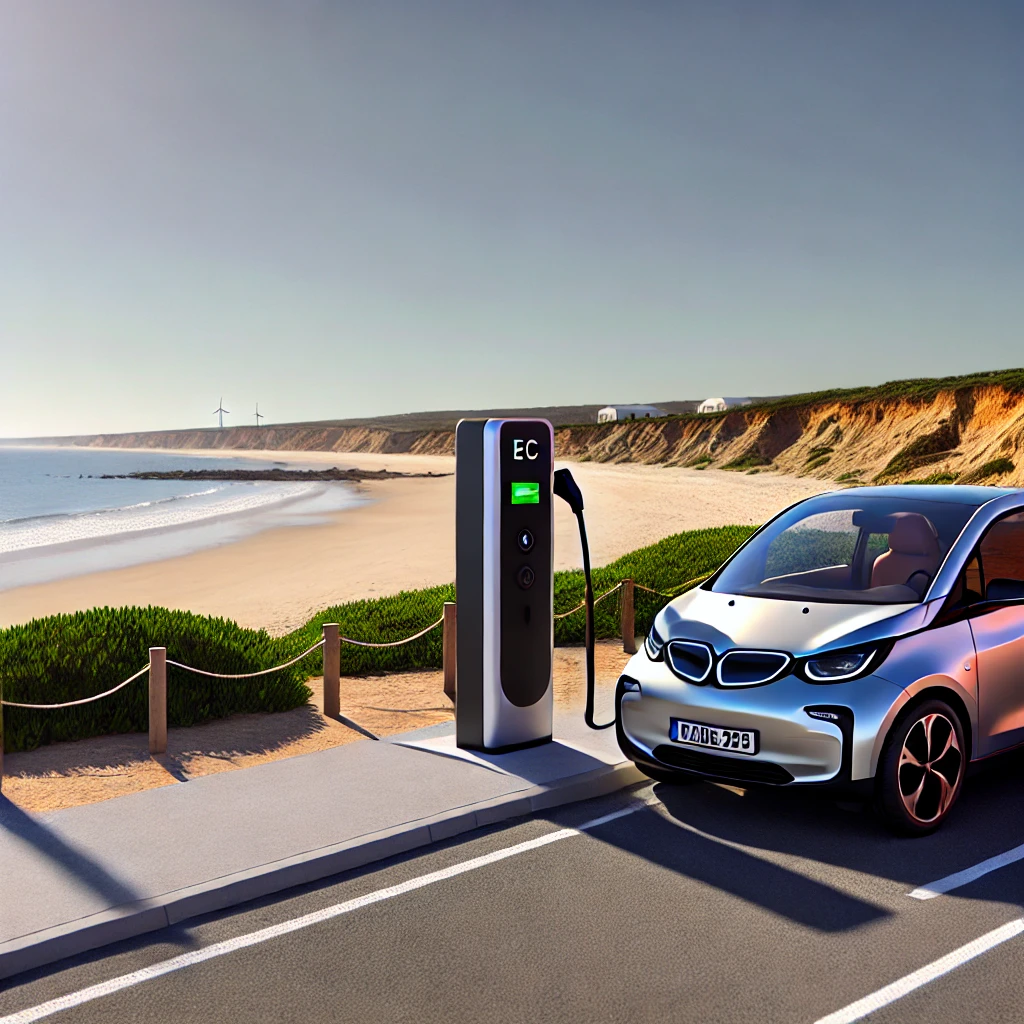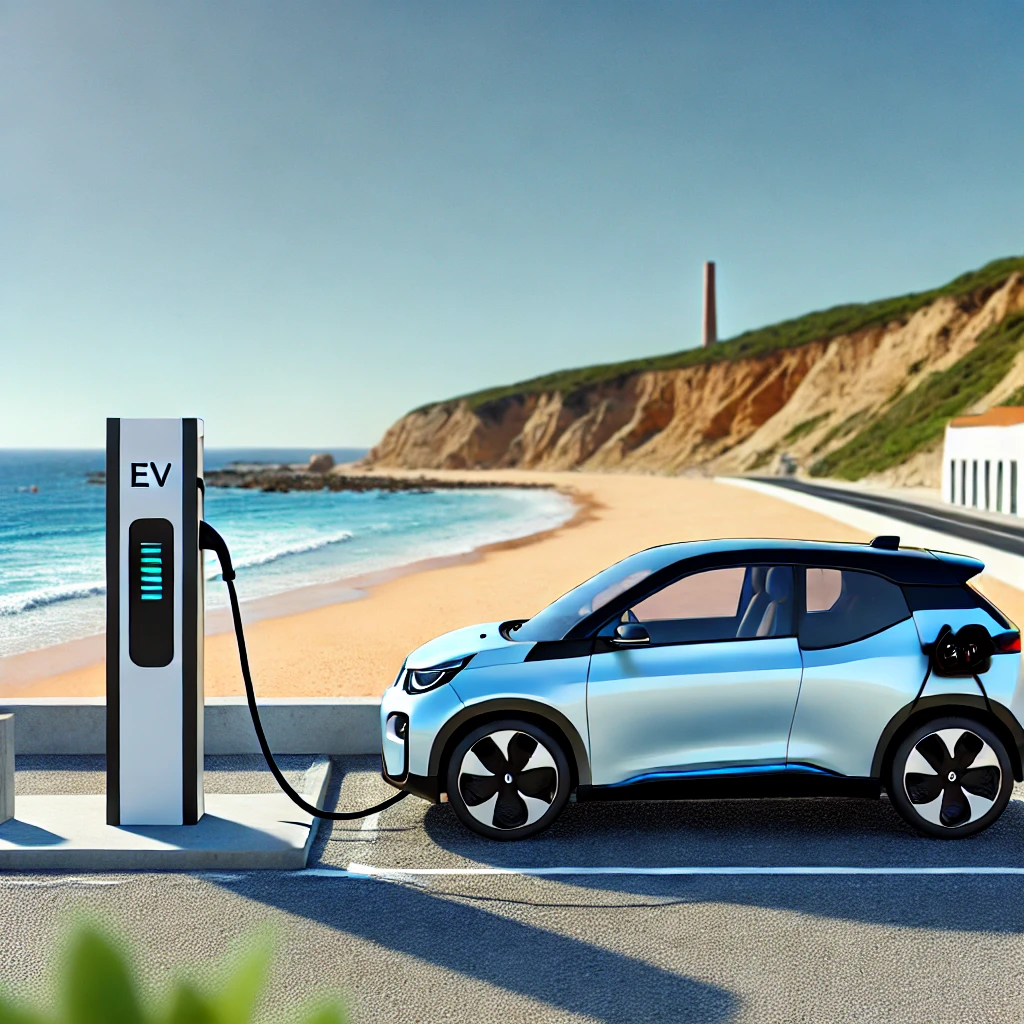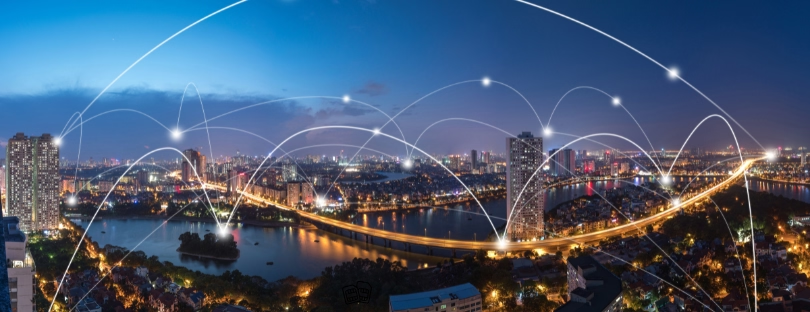
Travelling with an Electric Vehicle: A Comprehensive Guide for the Modern Explorer
As electric vehicles (EVs) continue to redefine the future of transportation, the allure of traveling with an EV has never been stronger. Whether you’re embarking on a weekend getaway or a cross-country adventure, electric vehicles offer a unique blend of sustainability, efficiency, and innovation. traveling with an electric vehicle
In this guide, we delve into the essentials of EV travel, ensuring that your journey is seamless, enjoyable, and environmentally conscious.
The Benefits of Traveling with an Electric Vehicle
Sustainable Travel: One of the most compelling reasons to travel with an electric vehicle is the reduced environmental impact. EVs produce zero tailpipe emissions, significantly lowering your carbon footprint. This makes them an ideal choice for eco-conscious travelers who wish to explore the world while preserving it for future generations.
Cost Efficiency: With rising fuel prices, traveling with an electric vehicle can be a more cost-effective option. Charging an EV is generally cheaper than filling up a gas tank, especially when taking advantage of free or low-cost charging stations. Additionally, many countries offer incentives, such as tax breaks or subsidies, further reducing the overall cost of EV ownership and travel.
Quiet and Comfortable Rides: Electric vehicles are known for their quiet operation, providing a serene driving experience. The absence of a combustion engine reduces noise pollution, allowing you to enjoy the sounds of nature during your travels. Moreover, the instant torque delivered by electric motors ensures a smooth and responsive drive, enhancing overall comfort on long journeys.
Planning Your Route: Charging Infrastructure and Availability
One of the key aspects of traveling with an electric vehicle is meticulous route planning. While the charging infrastructure has significantly improved over the years, it’s essential to plan your journey with charging stations in mind.
Utilizing Charging Networks
Many countries now boast extensive charging networks, with stations conveniently located along major highways, in urban areas, and near popular tourist destinations. Public charging stations typically fall into three categories:
- Level 1 Charging: Using a standard household outlet, Level 1 charging is the slowest method, adding about 2-5 miles of range per hour. This is ideal for overnight stops where a quick charge isn’t necessary.
- Level 2 Charging: Offering 10-20 miles of range per hour, Level 2 chargers are commonly found in public spaces, hotels, and parking garages. They are perfect for recharging during meal breaks or while exploring local attractions.
- DC Fast Charging: For those in a hurry, DC fast chargers can provide up to 80% charge in as little as 30 minutes. These stations are strategically placed along highways, making them ideal for long-distance travel.
Using Apps for Seamless Travel
Several mobile apps and websites can help you locate charging stations along your route. Popular apps like PlugShare, ChargePoint, and A Better Routeplanner not only map out charging locations but also provide real-time availability, charging speeds, and user reviews. This ensures that you have all the necessary information at your fingertips, allowing you to plan stops that fit seamlessly into your travel itinerary.
Maximizing Range and Efficiency
Range anxiety is a common concern among EV travelers, but with proper planning and driving habits, you can maximize your vehicle’s range and efficiency.
Driving Habits
Maintaining a steady speed and avoiding rapid acceleration can significantly improve your EV’s range. Utilizing features like regenerative braking, where energy is recaptured during braking and fed back into the battery, can also extend your driving range. Additionally, limiting the use of energy-intensive features like air conditioning and heating can conserve battery power, allowing you to travel further between charges.
Route Optimization
Choosing the most efficient route can make a considerable difference in your EV travel experience. When possible, opt for routes with fewer elevation changes, as climbing steep hills can deplete your battery faster. Additionally, taking advantage of traffic-free roads can reduce the stop-and-go driving that typically consumes more energy.
Accommodations: Finding EV-Friendly Lodging
When planning overnight stays during your trip, it’s important to select EV-friendly accommodations. Many hotels and lodges now offer on-site charging stations, allowing you to recharge your vehicle while you rest. Websites like Booking.com and Airbnb have introduced filters to help you find properties with charging facilities, making it easier than ever to plan your stay.
Types of Charging Available at Lodging
- Dedicated EV Chargers: Some accommodations provide dedicated EV chargers for their guests. These chargers are typically Level 2, offering a faster charging rate, ensuring your vehicle is fully charged by morning.
- Standard Outlets: For accommodations without dedicated EV chargers, many still offer access to standard electrical outlets (Level 1 charging). While slower, this option is still useful, especially for overnight charging when your vehicle has ample time to recharge. Keep in mind that a full charge using a standard outlet may take significantly longer, so it’s best suited for situations where an extended stay is planned.
How to Find EV-Friendly Lodging
In addition to using booking platforms with EV charger filters, it’s wise to directly contact hotels or lodges ahead of time to confirm the availability of charging options. Some accommodations may not list their charging facilities online but can still offer access to an outlet or even an off-grid solution, like solar-powered chargers. Pre-booking accommodations with guaranteed charging can save you from the stress of searching for a station late at night or in unfamiliar locations.
Preparing Your Electric Vehicle for Long-Distance Travel
Before embarking on a long-distance journey, it’s crucial to ensure your electric vehicle is in optimal condition. Proper preparation will help you avoid potential issues and make the most of your trip.
Battery Maintenance and Charging
Make sure your EV’s battery is fully charged before you set off, and plan to charge whenever the opportunity arises, especially if you’re driving in remote areas where charging stations may be sparse. Keeping your battery charge between 20% and 80% is often recommended for long-term battery health, but during extended travel, it’s okay to fully charge your battery to maximize range.
Vehicle Check-Up
Just as you would with a conventional vehicle, give your electric vehicle a thorough check-up before a long trip. This includes:
- Tire Pressure: Properly inflated tires can improve range and ensure a smoother ride.
- Brakes: Even though EVs typically use regenerative braking, having well-maintained brakes is essential for safety.
- Software Updates: Ensure your vehicle’s software is up to date, as manufacturers often release updates that improve efficiency and add new features.
Emergency Preparedness
While EVs are generally reliable, it’s wise to be prepared for emergencies. Carry a portable charging cable, ideally one that can connect to various types of outlets, including public charging stations and standard outlets. Additionally, having a roadside assistance plan that covers EVs can provide peace of mind.
Navigating Challenges Unique to Electric Vehicle Travel
Cold Weather Considerations
Cold weather can impact an electric vehicle’s battery performance, potentially reducing range. To mitigate this, precondition your vehicle while it’s still plugged in, warming up the battery and cabin without using the battery’s charge. On the road, using seat warmers instead of cabin heating can save energy, as they require less power.
Charging in Remote Areas
When traveling to less populated areas, charging stations might be few and far between. In such cases, it’s advisable to plan your stops carefully and consider carrying a portable charger. Rural areas may have fewer high-speed chargers, so budget extra time for charging if your route takes you off the beaten path.
Charging Etiquette
As more people adopt electric vehicles, charging station etiquette becomes increasingly important. Always move your vehicle once it’s fully charged to allow others to use the station. If you’re using a shared charger at a hotel or campground, be mindful of others who may also need to charge overnight.
Conclusion: The Future of Electric Vehicle Travel
Traveling with an electric vehicle is not just a mode of transportation; it’s a statement about the future of mobility. As the world moves toward sustainable practices, EV travel offers a unique opportunity to explore with a clear conscience. With the right preparation and mindset, your journey can be as efficient and enjoyable as it is eco-friendly.
By embracing the innovative features and planning strategies we’ve discussed, you can confidently embark on your next adventure, knowing that you’re contributing to a greener planet while enjoying the myriad benefits of electric vehicle travel. As infrastructure continues to evolve and electric vehicles become the norm, the possibilities for sustainable travel are truly limitless.










